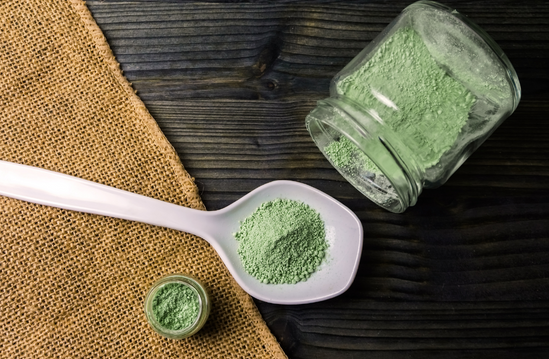Kratom, scientifically known as Mitragyna speciosa, is a tropical tree native to Southeast Asia, particularly in countries like Thailand, Indonesia, and Malaysia. Its leaves have been used for centuries for their psychoactive properties, primarily due to the unique alkaloids they contain. The primary alkaloids in kratom are mitragynine and 7-hydroxymitragynine, which contribute to its effects, making it a subject of interest for both users and researchers. Mitragynine, the most abundant alkaloid, acts as a partial agonist at the mu-opioid receptors in the brain, similar to how traditional opioids function, but with a different effect profile. Users often report a stimulating effect at lower doses, which can lead to increased energy, enhanced mood, and improved focus. In contrast, higher doses tend to produce sedative effects, resulting in relaxation and pain relief. This dual action makes kratom particularly unique, as it can be tailored to the user’s needs, whether for stimulating productivity or alleviating discomfort.

7-Hydroxymitragynine, although present in smaller quantities, is significantly more potent than mitragynine. It is believed to contribute to kratom’s analgesic properties, offering pain relief comparable to conventional opioids. However, its potency raises concerns about the potential for dependency and misuse. The interaction between these alkaloids and the body’s opioid receptors can lead to varied experiences, which may explain why some individuals find kratom beneficial for managing chronic pain or anxiety, while others might not experience the same effects. The method of consumption also plays a crucial role in how these alkaloids manifest. Kratom can be taken in several forms, including crushed leaves, powders, or capsules. The effects can vary based on the strain of kratom used; for example, red vein strains are generally known for their relaxing and pain-relieving qualities, while green and white vein strains are often associated with natural green maeng da kratom stimulating effects. This variability allows users to select a strain that aligns with their desired outcomes, further contributing to kratom’s appeal.
Despite its potential benefits, the use of kratom is not without controversy. Concerns about safety, regulation, and the risk of addiction have led to a polarized debate in various countries. Some health authorities have issued warnings about its use, emphasizing the need for more research to fully understand its effects and potential health risks. As interest in kratom continues to grow, it is essential for users to approach it with caution, remaining informed about its properties, the differences between strains, and the potential for adverse effects. In summary, kratom’s unique blend of alkaloids sets it apart from other natural substances, offering a wide range of effects that can be both stimulating and sedative. Its potential benefits for pain relief and mood enhancement draw many users, but the complexities of its effects, coupled with the ongoing debate about its safety and regulation, underscore the need for informed and responsible use. As research continues, a clearer understanding of kratom’s place in herbal medicine may emerge, allowing for more nuanced discussions about its role in health and wellness.